To celebrate National Photography Month, we’re serving you with a fresh four part series from Austin based photographer, Lindsey Lee. Below, Lindsey shares some of her favorite post production editing techniques. Stay tuned for part three next week!
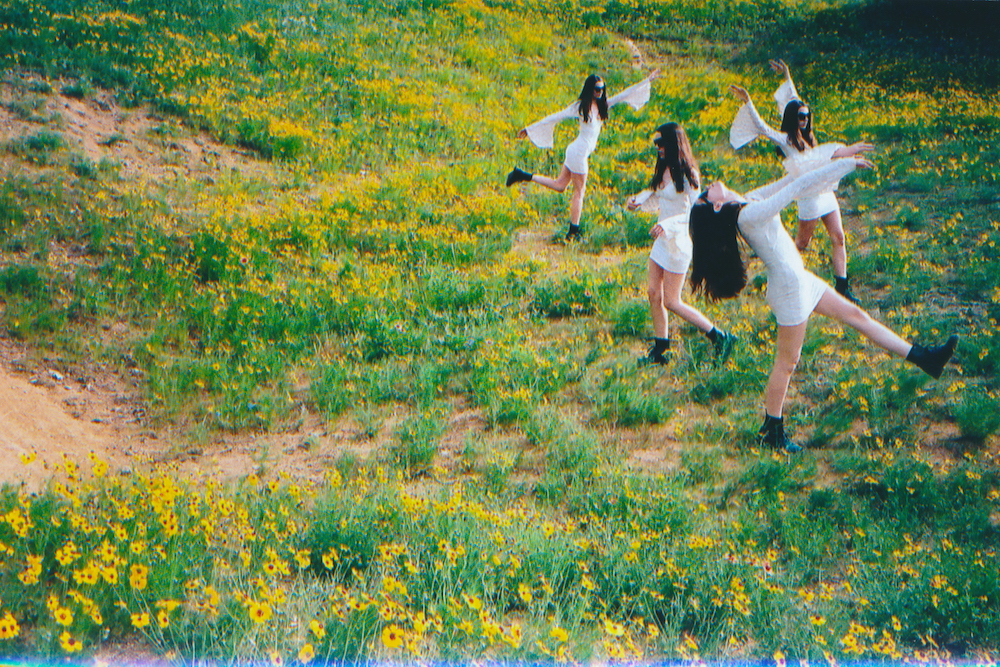
When you come across a photo you like, do you think about the process it took to create it? Once the artist shot the photo and imported it to a computer, what happened next? Together, we will explore some of the most common ways to edit photos, and how the editing changes the look, feel and impact of the image. By utilizing these Photoshop editing strategies, you can significantly alter the final piece of your work.
1. Color Manipulation
Have you ever been roped into posing for a western style image? These images always have a distinct style (beyond the cool clothing they provide you with); the style is called sepia and it’s part of the reason why these photos feel ‘old’ right off the bat. Sepia is one of many color manipulation editing styles available in post-production. By changing the hue and saturation scales in an image, you can completely reinvent your photo.
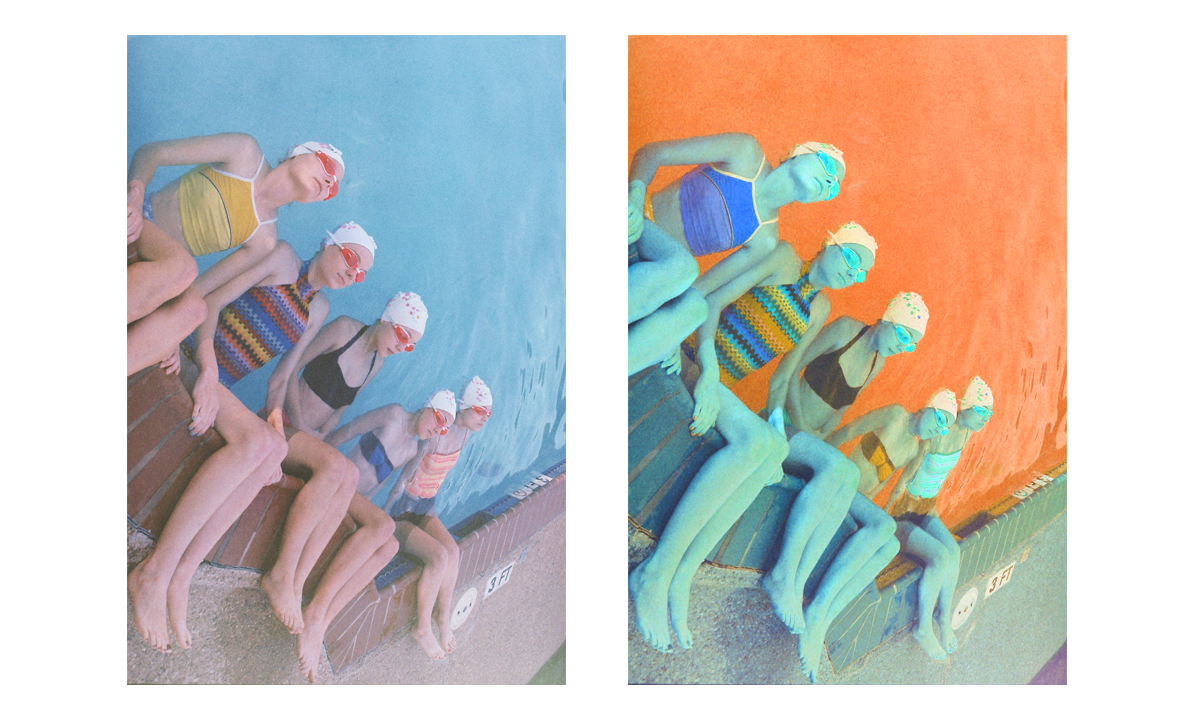
2. Cropping
Cropping is the method of cutting out some of the image. An image can be cropped to its original aspect ratio or altered to a new aspect ratio. Often, the rule of thirds is used when it comes to cropping, so that the image is divided into 9 perfect segments, and the key parts of the images hit at the intersections. There are many methods of cropping, like making a psuedo-panoramic shot by cropping the top and bottom of the image.
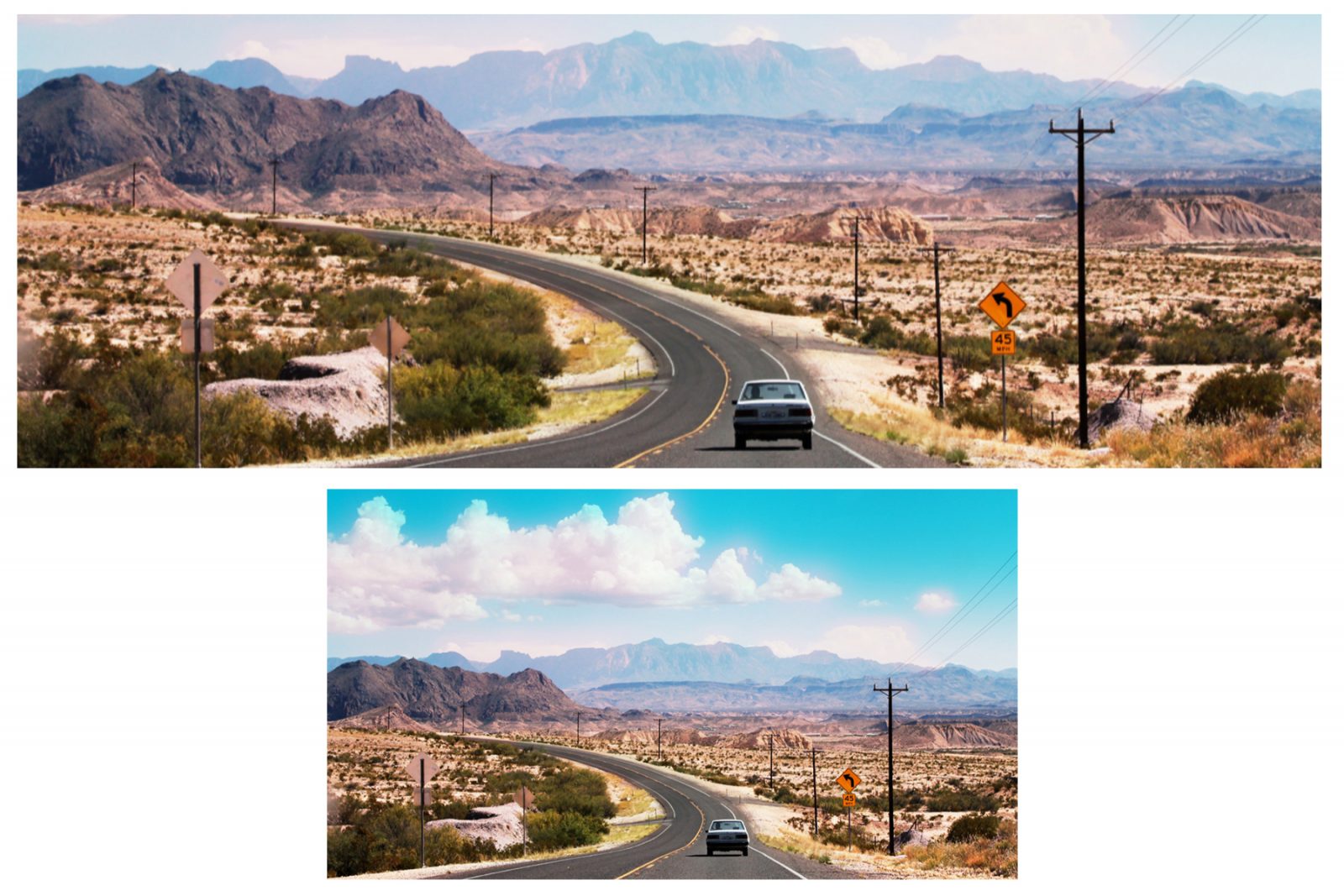
3. Color Correction
Color correction can be a tool for making images seem more realistic. Sometimes the color of an image is slightly off—maybe it’s too blue or too yellow, or it was shot underwater and needs to be altered to accurately reflect how it looked in real life.
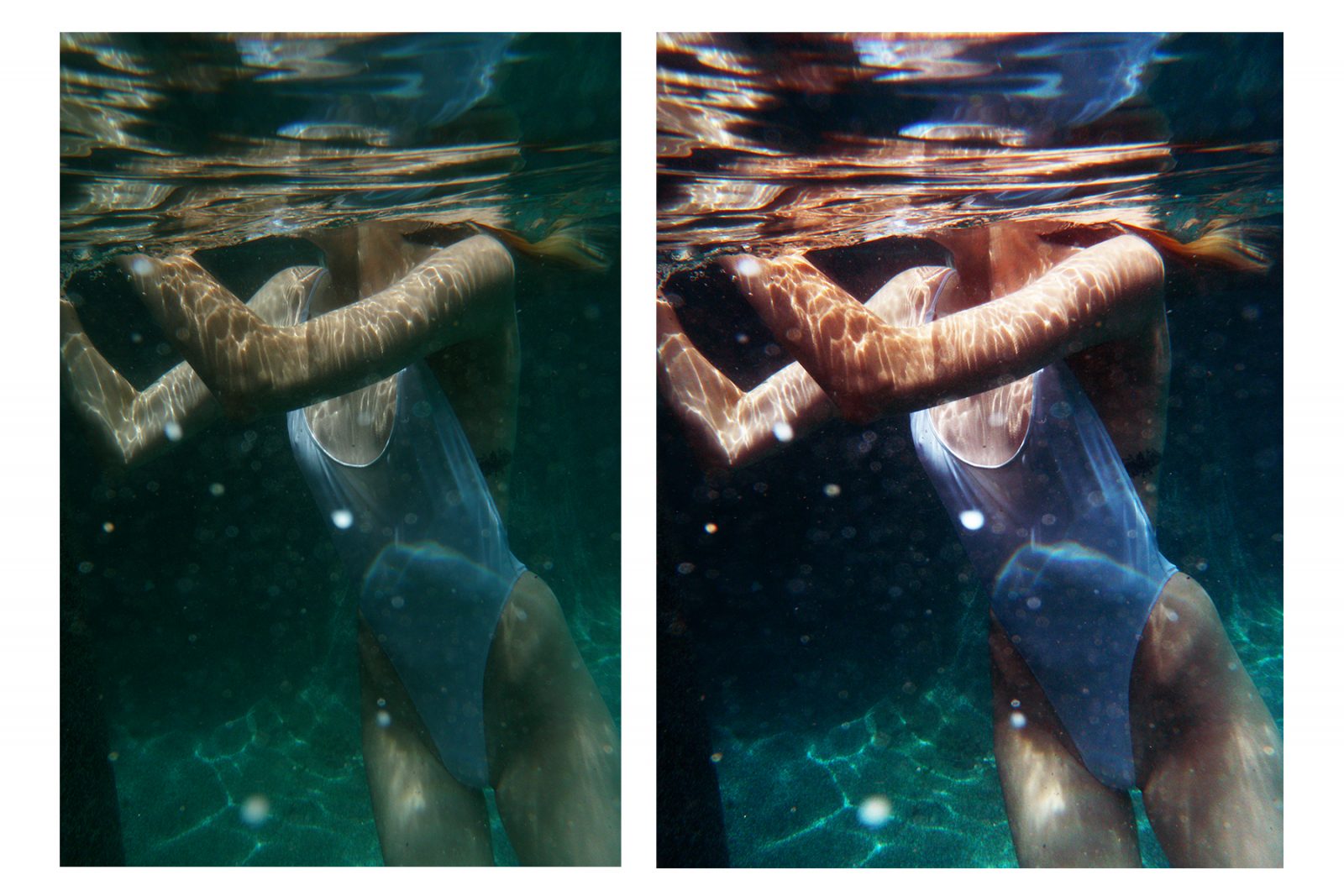
4. Black and White vs. Color
Black and white images evoke a different emotion when compared to color. The black and white effect can make photos seem more timeless and classic. You can completely obscure the era of a photo by eliminating the color and using black and white instead.
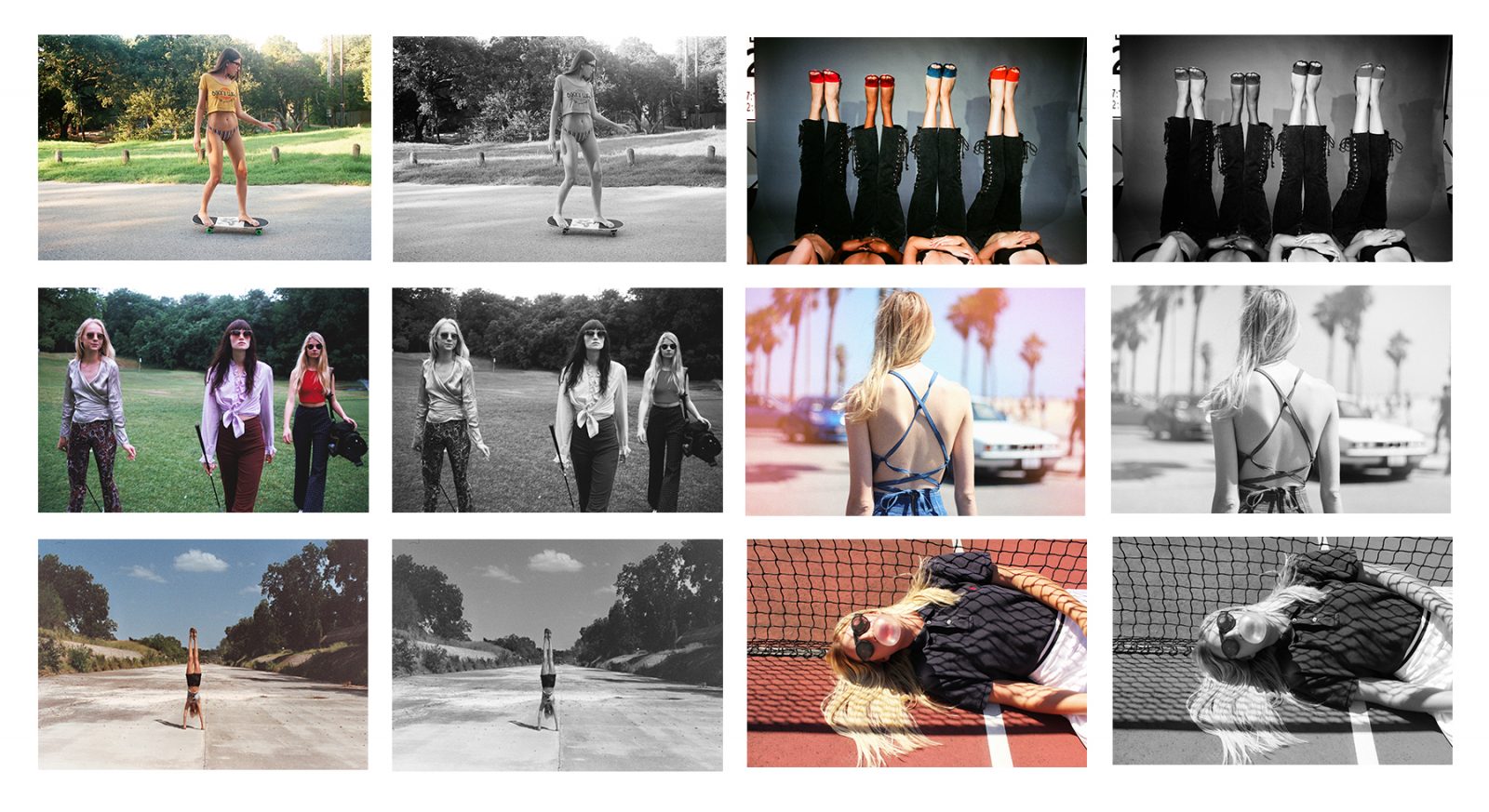
5. Double Exposure
Double exposures are photos with two different images layered on top of each other. Whether combining images from the same shoot or layering wildly different images, there are many ways to incorporate double exposures into your work.
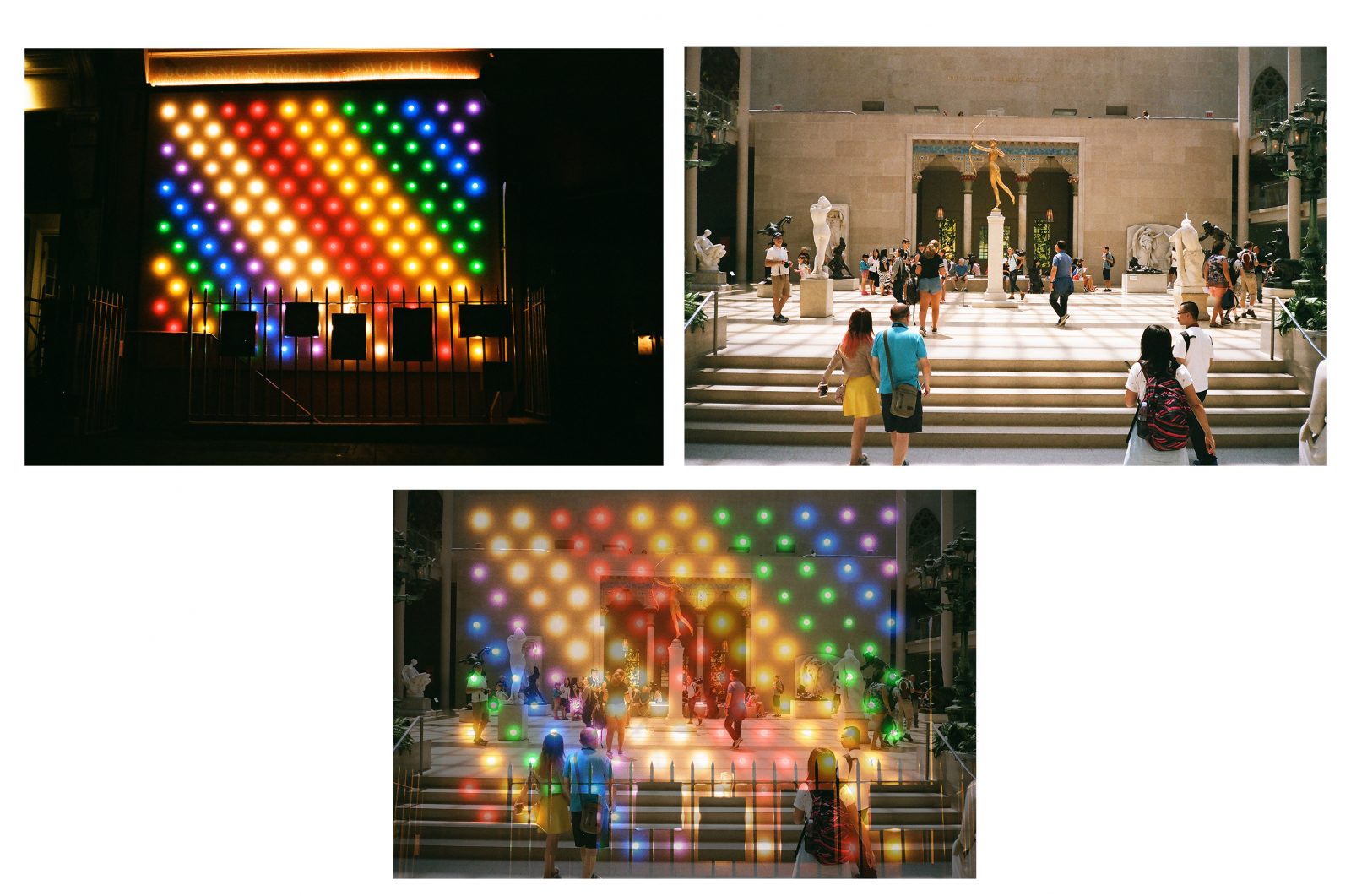
What is your favorite post production technique to use?
Previous Article: My Process with Photographer Lindsey Lee: Part 1—Finding Inspiration for Photoshoots
Comments